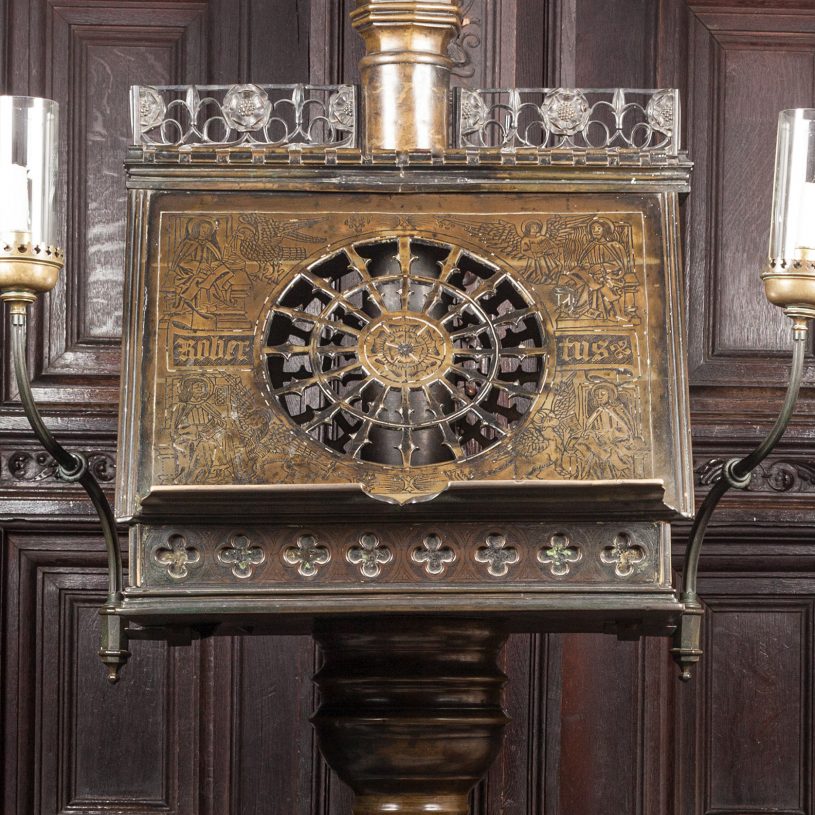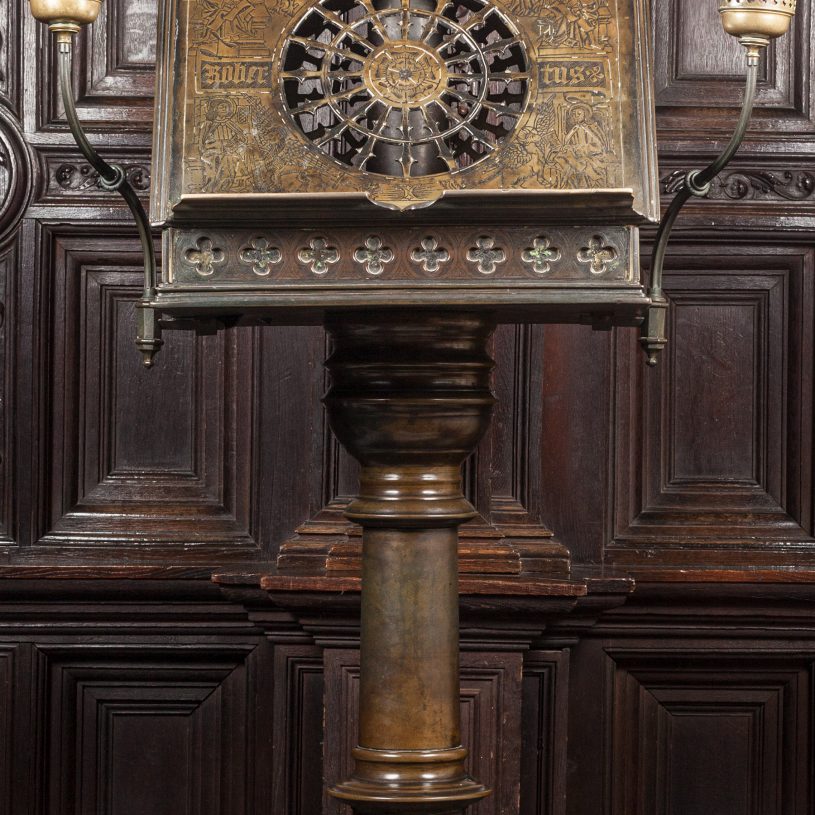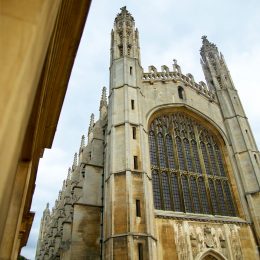Exploring the world of art, history, science and literature. Through Religion

Welcome to TreasureQuest!
Look through the treasures and answer the questions. You’ll collect jewels and for each level reached, earn certificates.
How far will you go?
You need an adult’s permission to join. Or play the game without joining, but you’ll not be able to save your progress.
Hacomblen’s Lectern is a tall stand, from which someone, typically a preacher or lecturer, can read while standing up.






Are there links to current religious practices or a modern equivalent?
In 1854, it was cleaned and returned to take pride of place in the chapel, resuming its liturgical (public worship) function of supporting the volumes from which the lessons are read every day. Only three similar lecterns exist in the UK, though there are 45 pre-1550 lecterns in England; most Medieval lecterns are in the shape of an eagle.

Where is it from, where is it now?











 Faculty of Divinity
Faculty of Divinity